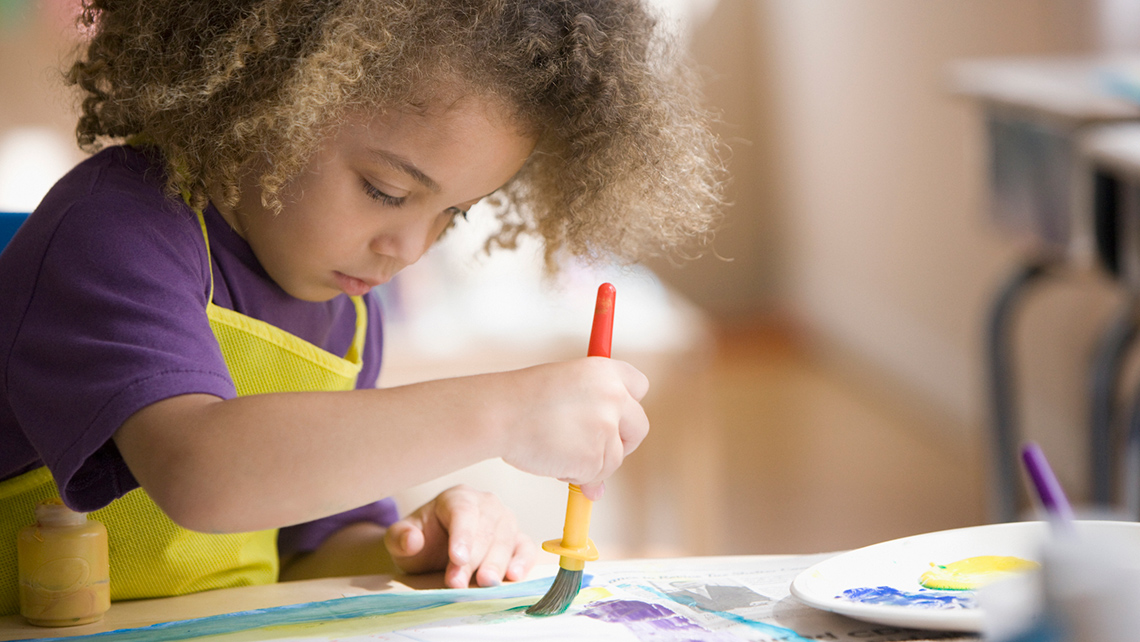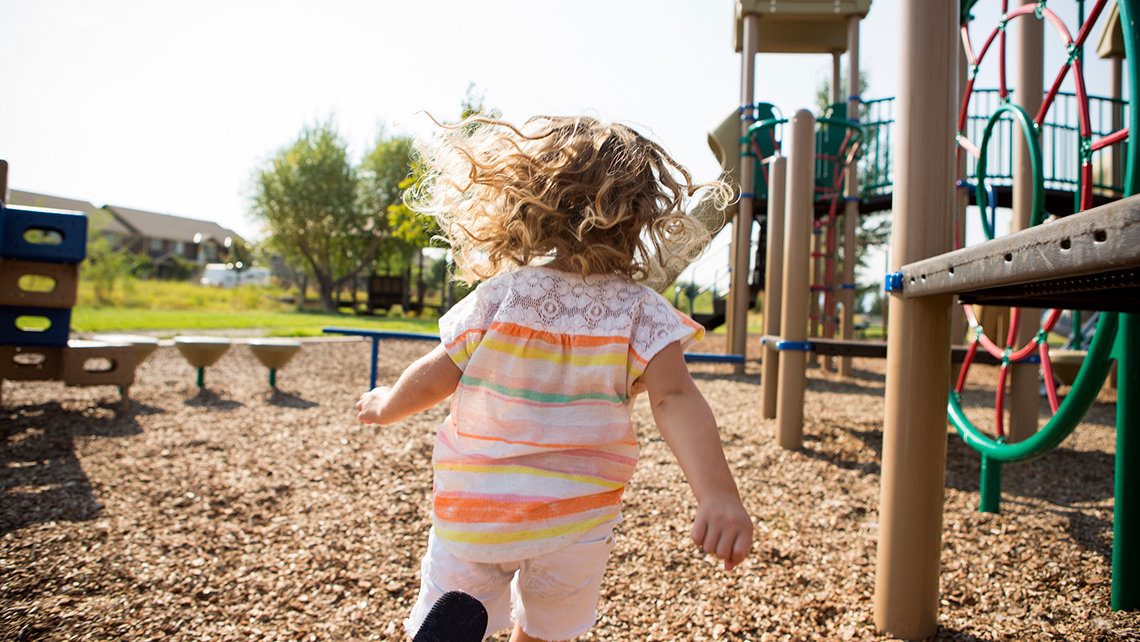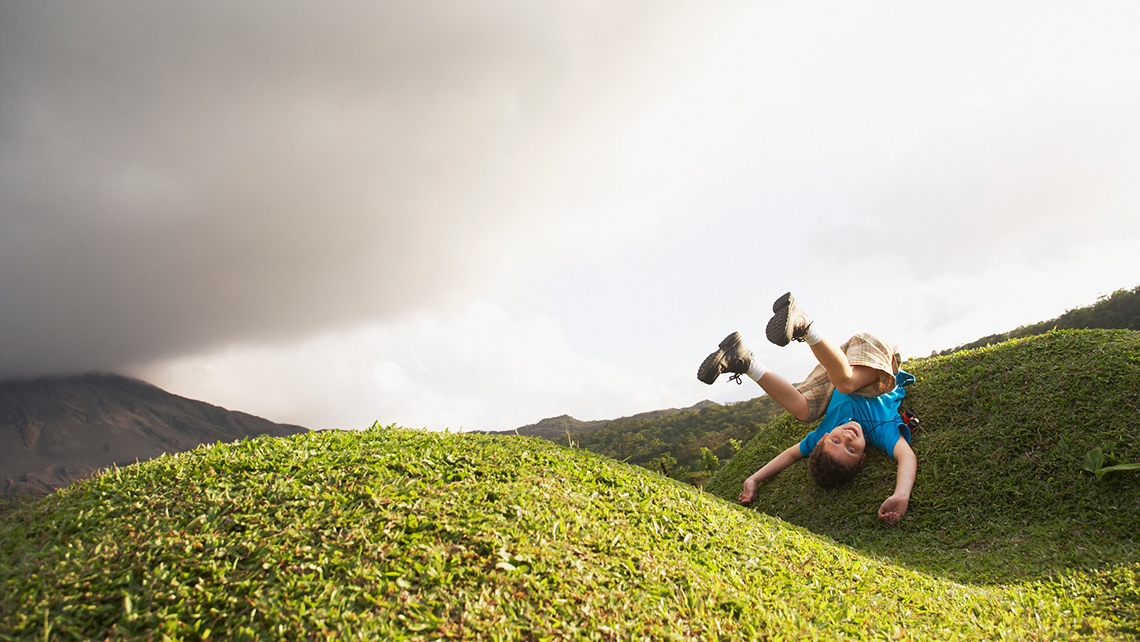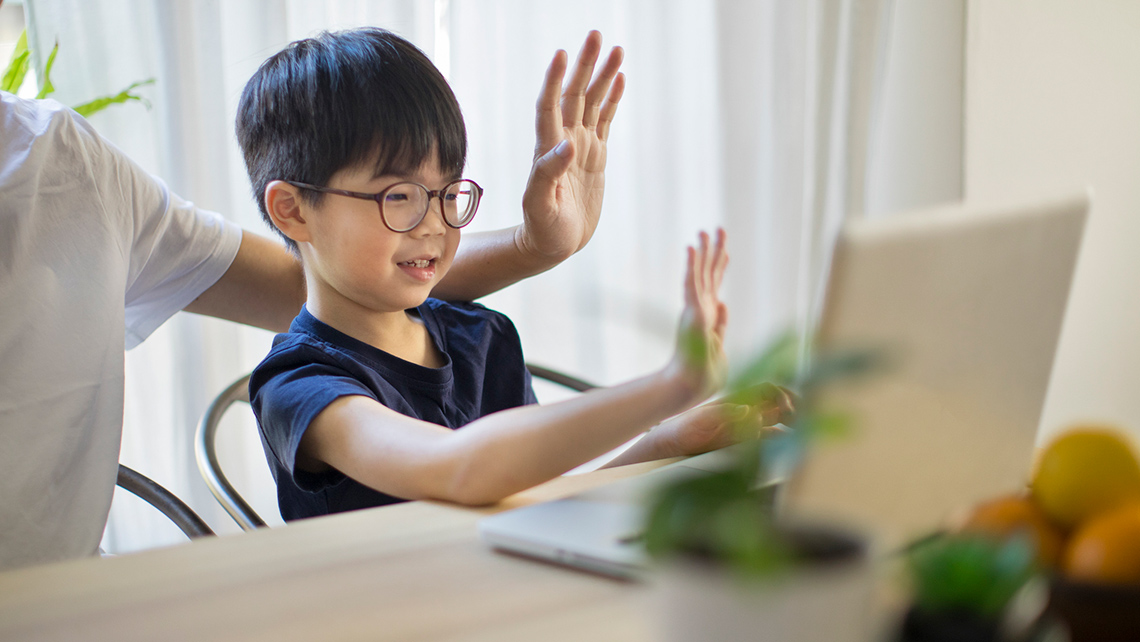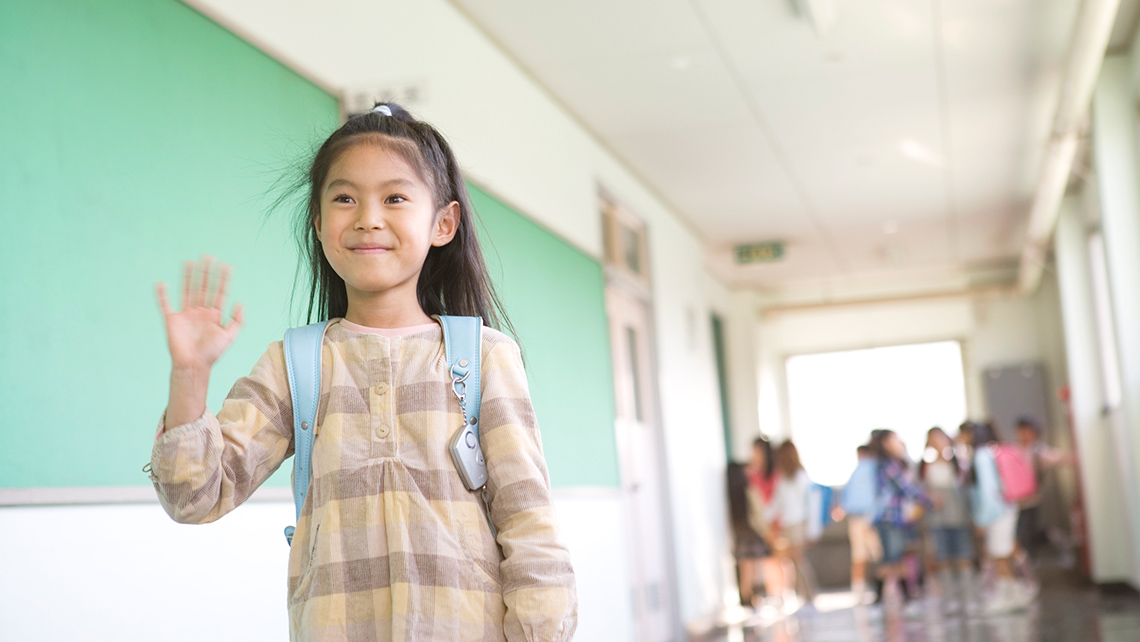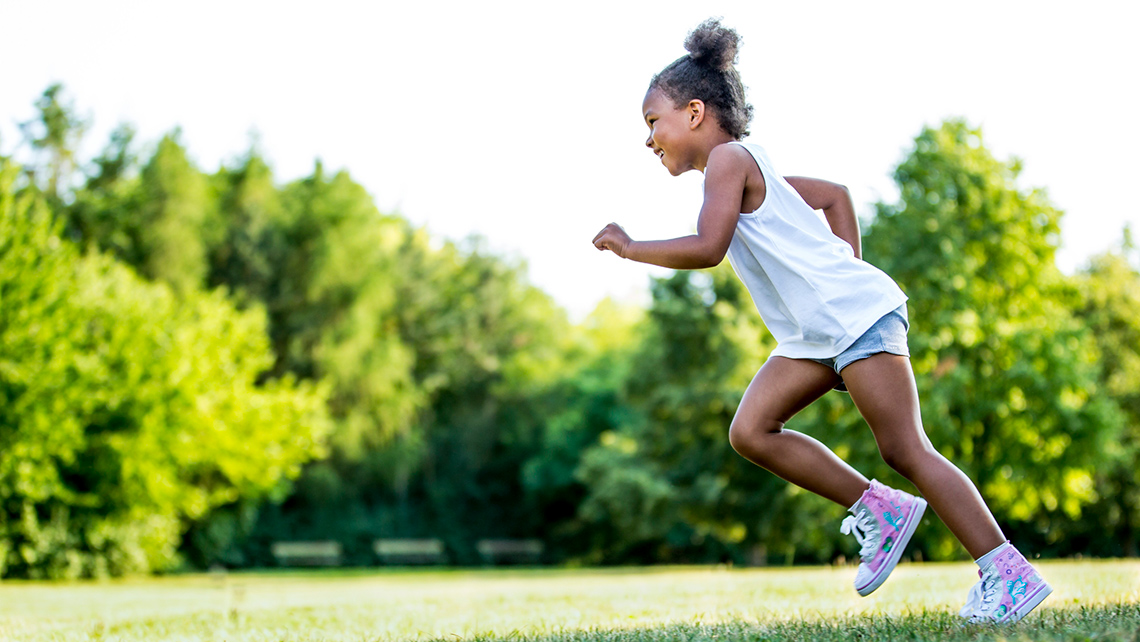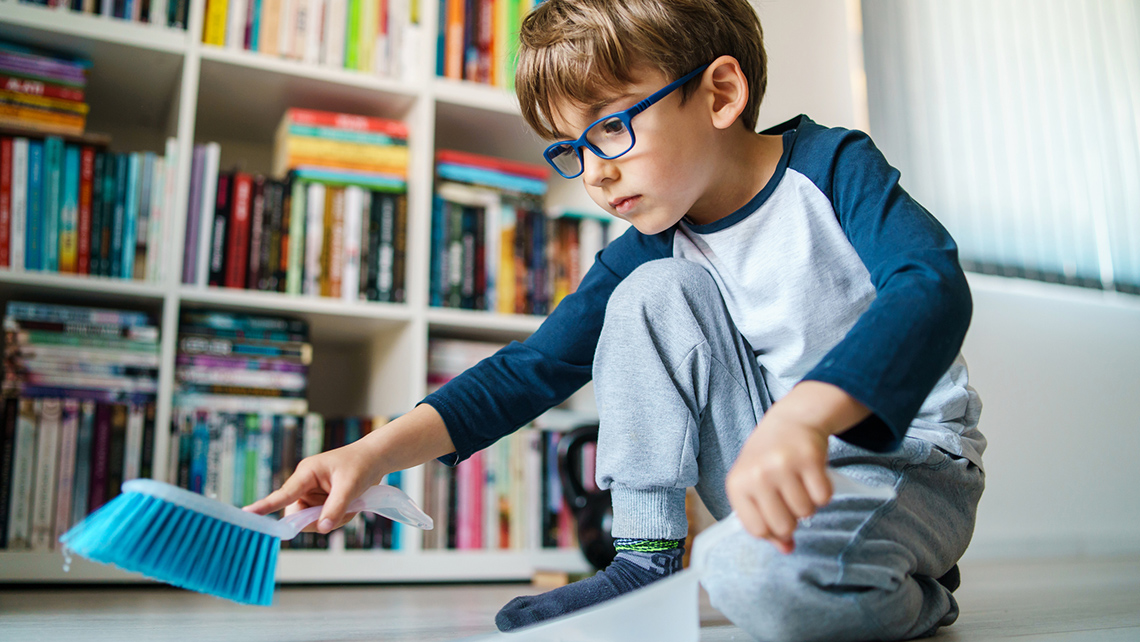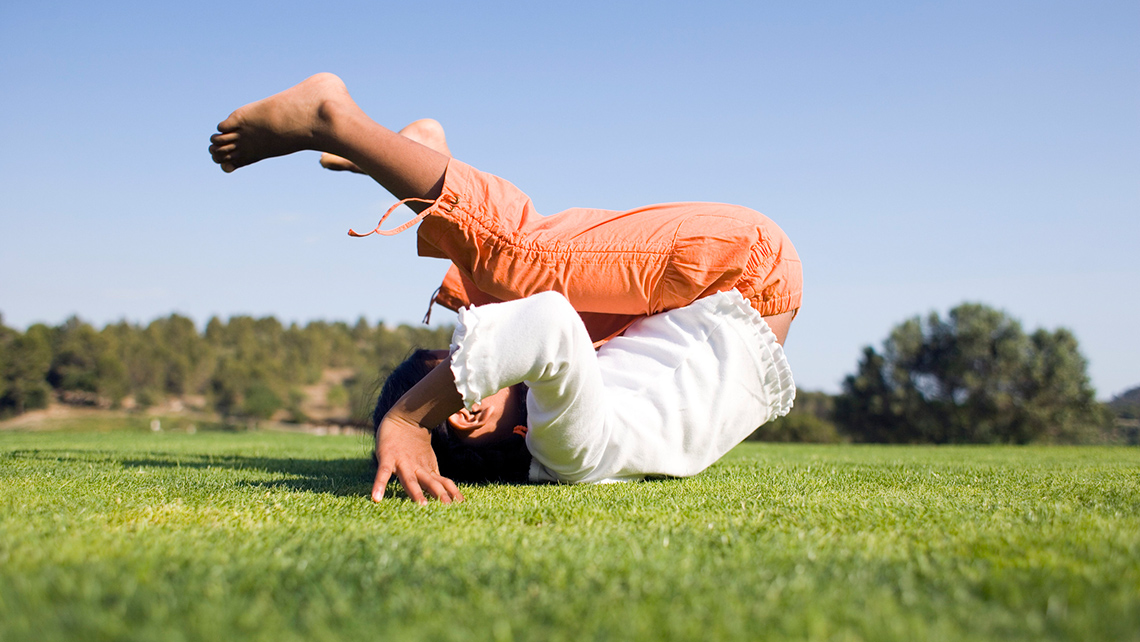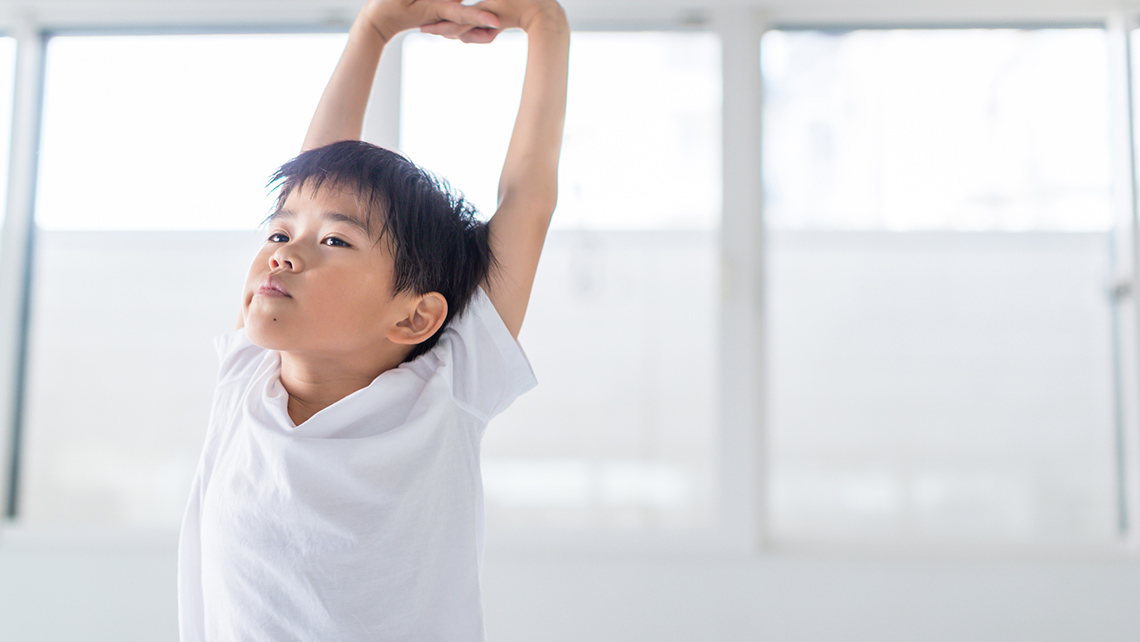Minds On
Today’s vocabulary
Press the following tabs to access the definitions for today’s vocabulary.
Let’s get started!
Think about five things you do every day.
Explore the following images for examples of everyday activities.
Let’s get our bodies moving!
Always be sure to do your safety checks before you do an activity.
Safety
Before you begin:
Portfolio
Portfolio
Think of five actions that you do every day.
- What parts of the body do you use when you’re moving?
- Do you stay in one spot or do you move in the space?
Record your ideas on the computer, on paper, in a picture, or using another method you choose.
Consider adding your thoughts to your portfolio.
Action
Get ready, get set…

We move our bodies in creative ways every day!
Some movements take us from one place to another. Others we can do on the spot.
Non-locomotor movements
Non-locomotor movement is non-travelling movement where the body stays in one place; also called axial movement (e.g., moving the arms and/or twisting the body while staying in one spot, rise and sink, shake, push and pull, swing and sway).
Waving, stretching, and painting with a brush are everyday movements that someone might do on the spot.
Other non-locomotor movements may include stretching, twisting, bending, and swaying.
Press the following tabs to access examples of non-locomotor movements.
Locomotor movements
Locomotor movement is movement that involves travelling from one place to another across a space (e.g., walking, galloping, rolling).
Running through a playground and rolling down a hill are everyday movements that someone might do to take them from one place to another.
Other locomotor movements may include walking and sliding.
Press the following tabs to explore examples of walking and sliding.
Non-locomotor or locomotor?
Explore the following images. Are they non-locomotor or locomotor movements?
For each movement, select the missing word from the drop-down menu.
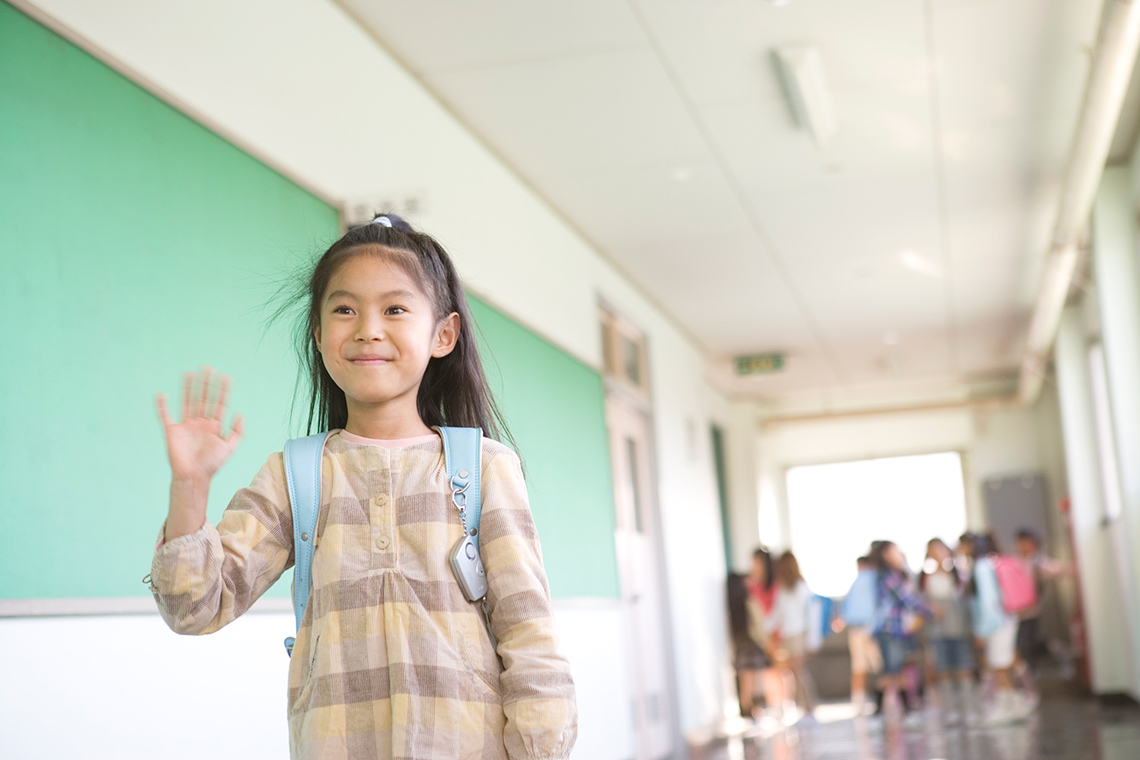
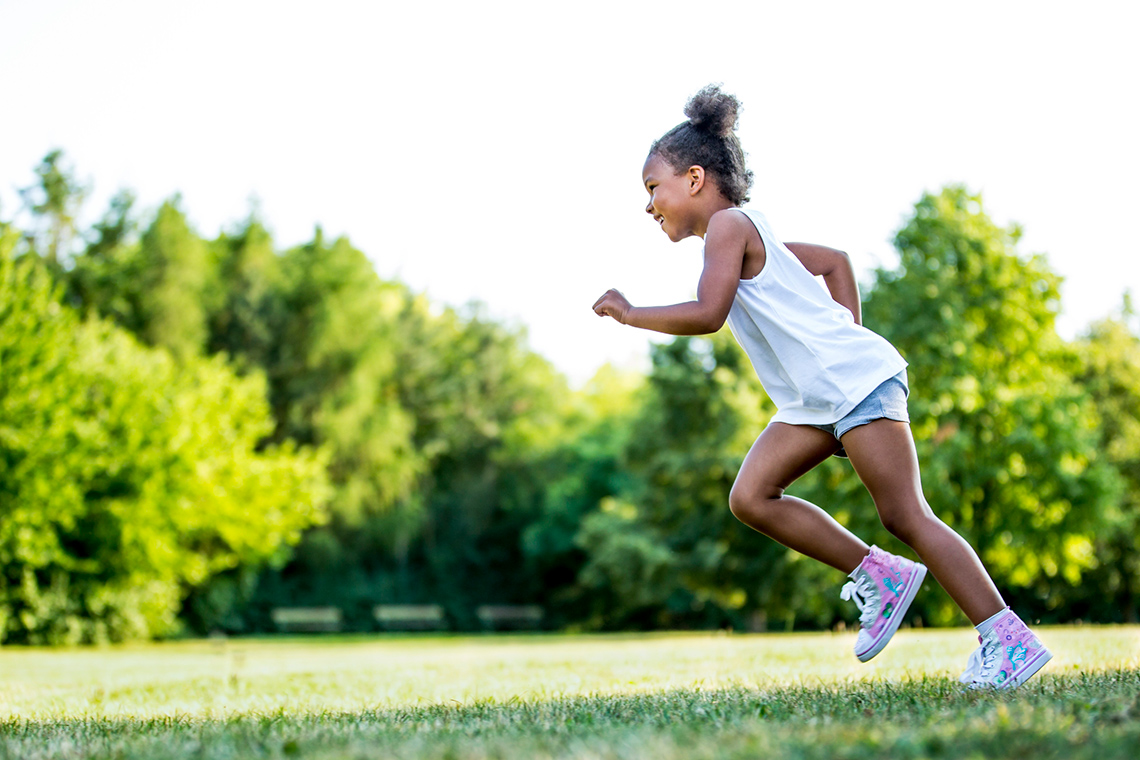
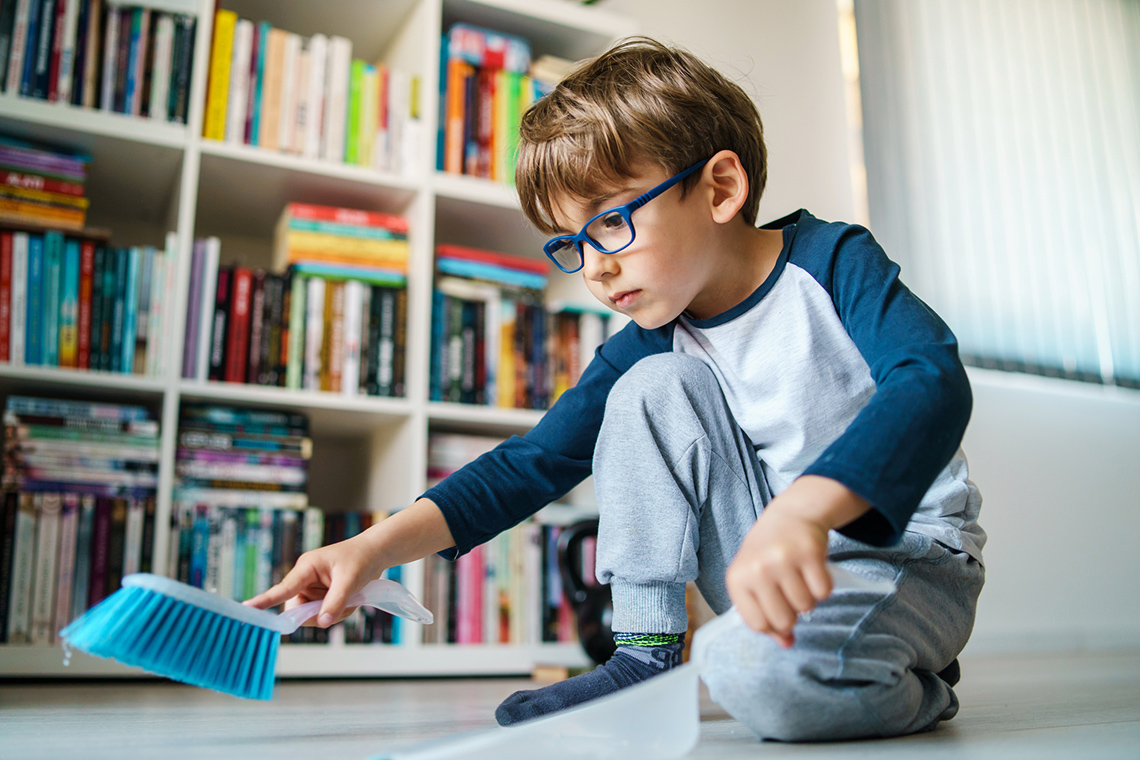
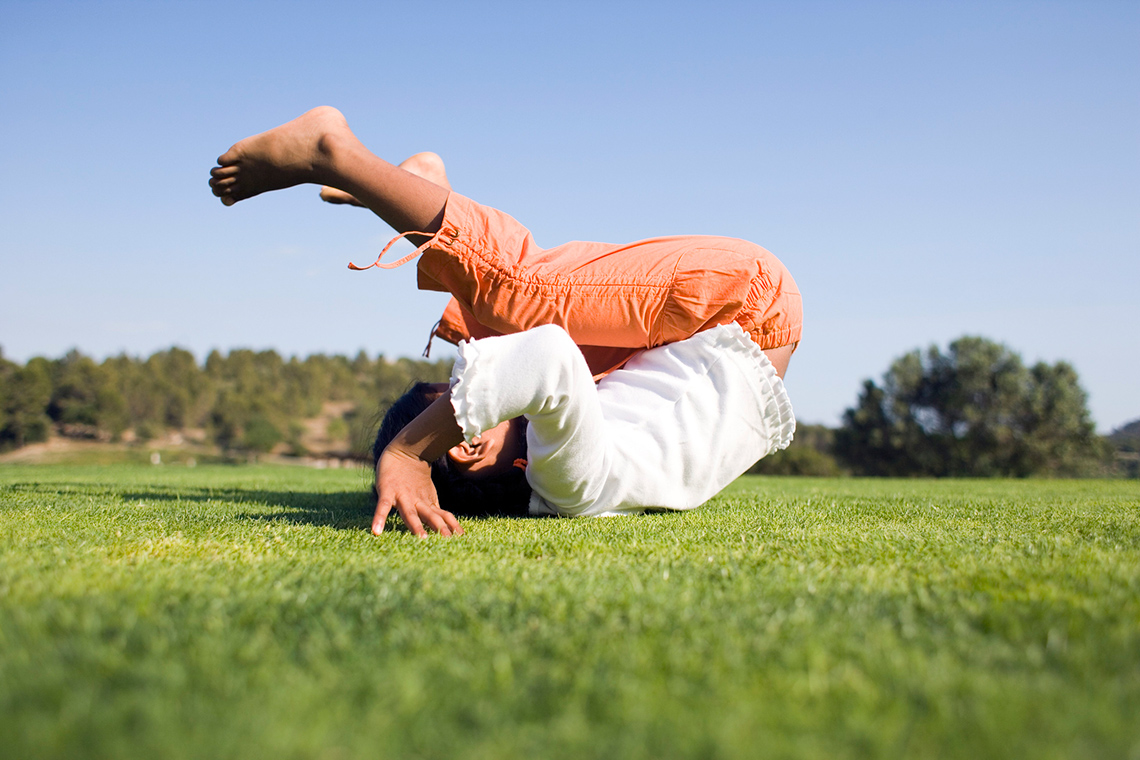

Go!
Let’s use everyday movements to make a dance phrase!
Press ‘Definition’ to explore the meaning of dance phrase.
Access the following video to explore what a dance phrase is like.
Create your dance phrase
Use the following images from the previous section and choose three movements.
How will you put them together?
Safety reminder
Always be sure to do your safety checks before any physical activity!
Record your dance phrase using the Everyday Dance Phrase document in your notebook or using the following fillable and printable document. If you would like, you can use speech-to-text or audio recording tools to record your thoughts. Consider adding your work to your dance portfolio.
| Choose three movements: | ||
|---|---|---|
|
||
|
How will I put them together? |
||
|
Movement #1: |
Movement #2: |
Movement #3: |
Press the ‘Activity’ button to access Everyday Dance Phrase.
Press ‘Sample’ to access one way you could put the movements together to create a dance phrase.
|
How will I put them together? |
||
|---|---|---|
|
Movement #1: running |
Movement #2: rolling |
Movement #3: waving |
Consolidation
Putting it all together
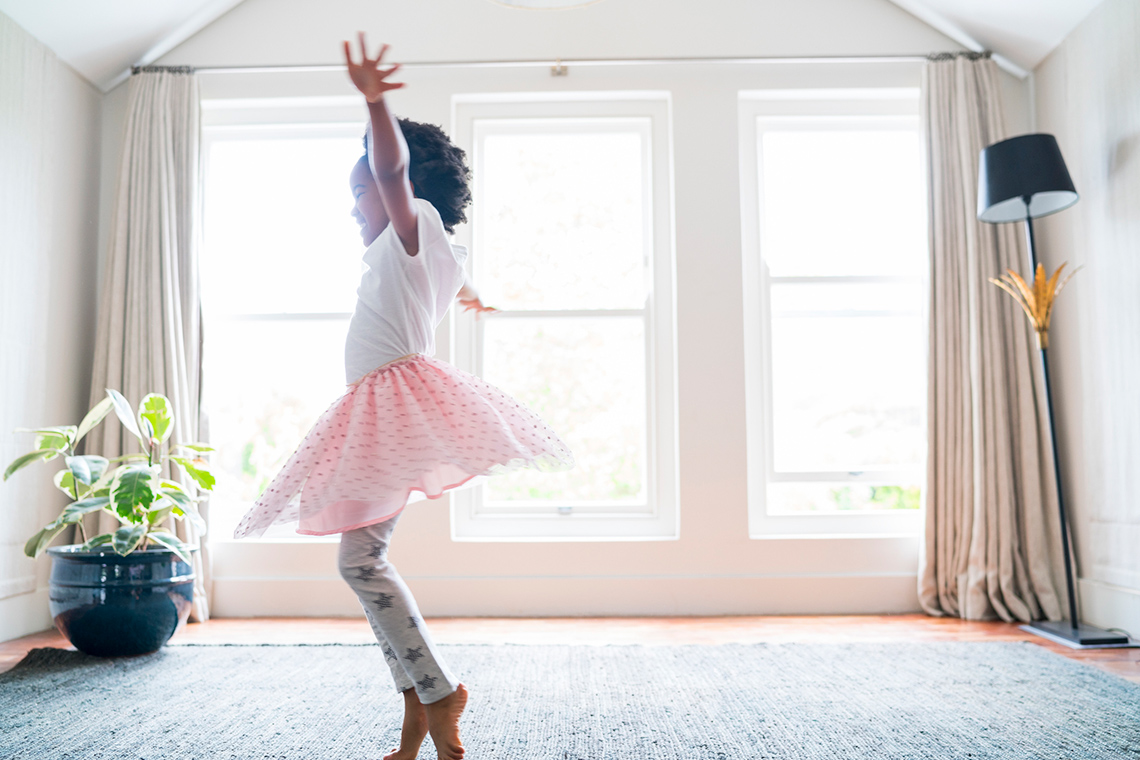
Safety reminder
Always be sure to do your safety checks before any physical activity!
Think about the dance phrase you created in the Action section.
Use pictures and/or words to reflect on the following questions:
- How are your movements similar? How are they different?
- Which movements are big or small? Which are slow or fast?
Record your ideas on the computer, on paper, in a picture, or using another method you choose.
If possible, share your ideas with a partner!
Stretch your thinking
Think of another locomotor movement and non-locomotor movement that you do every day.
Add these two movements to your dance phrase!
Portfolio
Portfolio
Consider adding your dance phrase to your portfolio. If possible, share your dance phrase with a partner.
Reflection
How do you feel about what you have learned in this activity? Which of the next four sentences best matches how you are feeling about your learning? Press the button that is beside this sentence.
I feel...
Now, record your ideas about your feelings using a voice recorder, speech-to-text, or writing tool.
